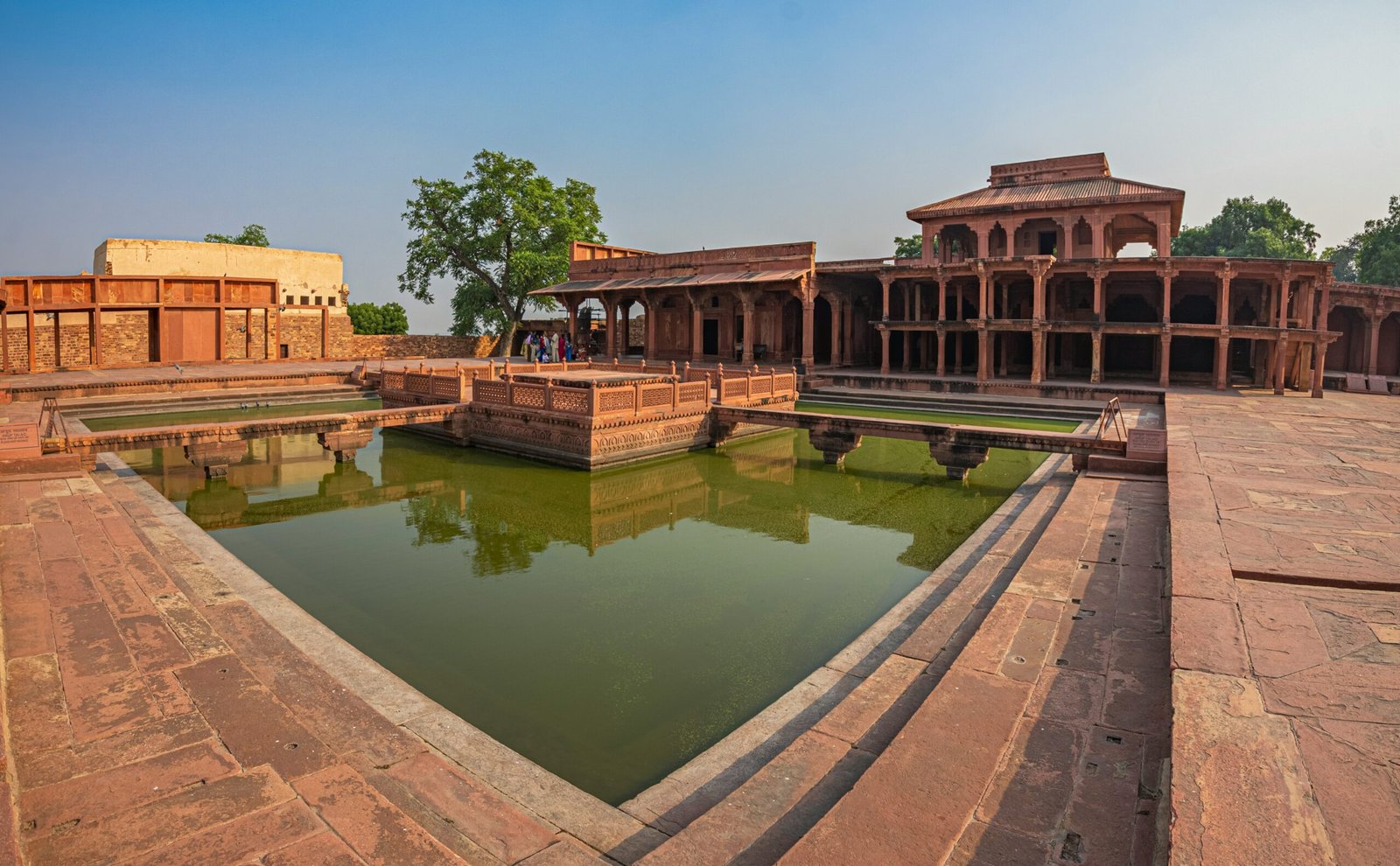Planning Your Trip to India
Before embarking on your journey to India, thorough preparation is key to ensuring a smooth and enjoyable experience. The first step involves obtaining the necessary visas. Most travelers will need a tourist visa, which can be applied for online through the e-Visa system or at an Indian embassy or consulate. The process is straightforward, but it is advisable to apply well in advance of your travel dates to avoid any last-minute issues.
Health precautions are also crucial when planning a trip to India. Recommended vaccines include Hepatitis A and B, typhoid, and tetanus. Depending on the regions you plan to visit, you may also need to consider malaria prophylaxis. It’s wise to consult with a healthcare provider to tailor a health plan specific to your itinerary. Travel insurance is another essential, covering potential medical emergencies, trip cancellations, and other unforeseen circumstances.
Booking flights and accommodations in advance can save both time and stress. Major cities like Delhi, Mumbai, and Bengaluru are well-connected by international flights. For domestic travel, India boasts an extensive network of flights, trains, and buses. Accommodations range from luxury hotels to budget hostels, catering to various preferences and budgets. Websites and apps specializing in travel bookings can offer competitive rates and user reviews to help make informed choices.
India’s diverse climates mean that the best time to visit can vary significantly by region. The winter months from November to February are generally favorable for most parts of the country, offering cooler and more comfortable weather. However, the mountainous regions in the north are best visited from March to June to avoid the harsh winter cold.
Packing essentials should include lightweight, breathable clothing, especially if traveling during the hotter months. However, it’s important to respect local customs, particularly in religious and rural areas, by dressing modestly. Women should consider carrying scarves or shawls to cover their heads when visiting temples and mosques. Additionally, familiarize yourself with basic cultural etiquette, such as removing shoes before entering homes and places of worship, to ensure a respectful and enriching travel experience.
Exploring India’s Must-Visit Destinations
India’s diverse landscape, rich history, and vibrant cultural tapestry make it a top destination for travelers. Among the many cities worth visiting, Delhi, Mumbai, and Bangalore stand out for their unique blend of modernity and tradition. In Delhi, the capital city, visitors can marvel at the grandeur of historical monuments such as the Red Fort and Qutub Minar. The bustling markets of Chandni Chowk offer a sensory overload with their array of spices, textiles, and street food. Mumbai, the financial hub, dazzles with its iconic Gateway of India, the serene Marine Drive, and the artistic district of Kala Ghoda. Bangalore, known as the Silicon Valley of India, offers a different pace with its lush parks, such as Lalbagh Botanical Garden, and a thriving café culture.
Beyond the cities, India’s natural wonders beckon. The tranquil backwaters of Kerala provide an idyllic setting for houseboat cruises, offering a glimpse into the serene village life. In stark contrast, the Thar Desert in Rajasthan presents an austere beauty with its rolling dunes and camel safaris. The Himalayan mountain ranges in the north offer unparalleled opportunities for trekking and spiritual retreats, with destinations like Rishikesh and Dharamshala gaining popularity among both adventurers and seekers of tranquility.
No visit to India would be complete without experiencing its remarkable landmarks and cultural events. The Taj Mahal in Agra, an epitome of love and architectural brilliance, is a must-visit. Ancient temples such as the Khajuraho Group of Monuments showcase India’s intricate artistry and religious heritage. Furthermore, participating in local festivals like Diwali and Holi allows travelers to immerse themselves in the joyous and colorful celebrations that define Indian culture.
Practical tips can significantly enhance the travel experience in India. Opt for reliable transportation options like trains and domestic flights to navigate the vast country efficiently. Embracing local cuisine is a delight, but it is advisable to eat at reputable establishments to avoid digestive issues. Finally, safety measures such as staying hydrated, dressing modestly, and being aware of one’s surroundings ensure a pleasant and secure journey.
